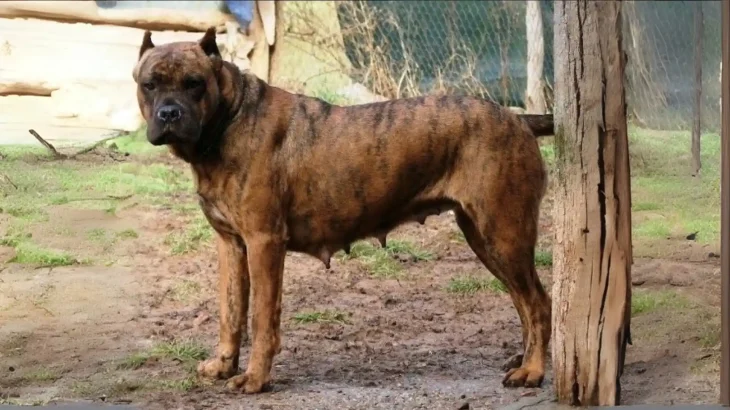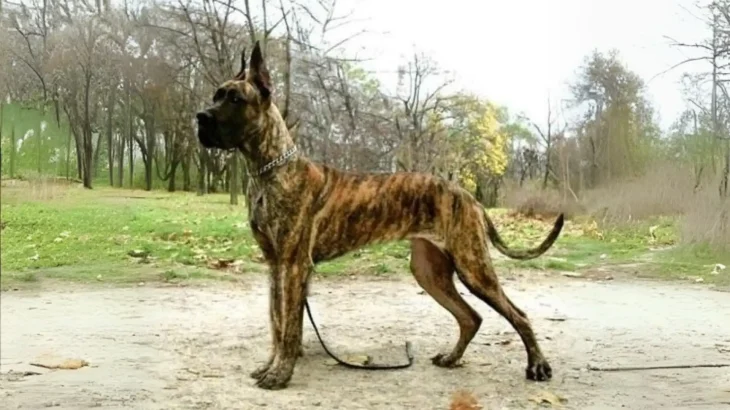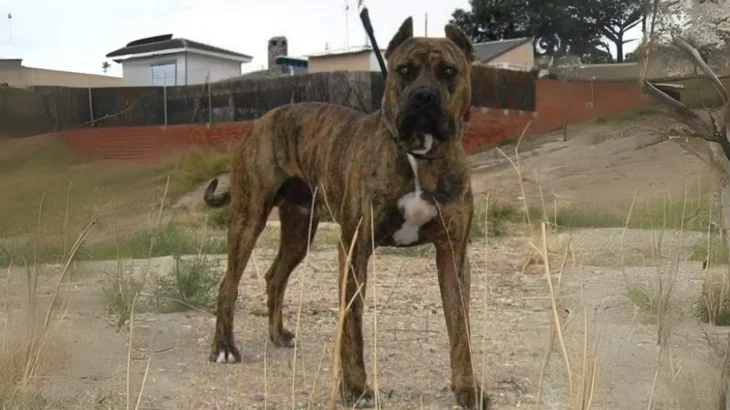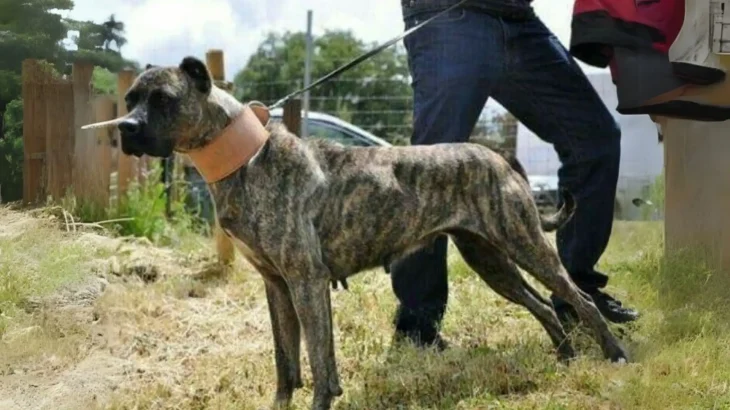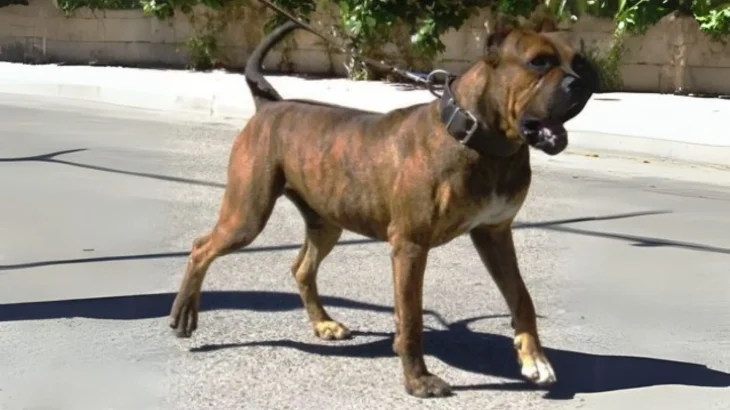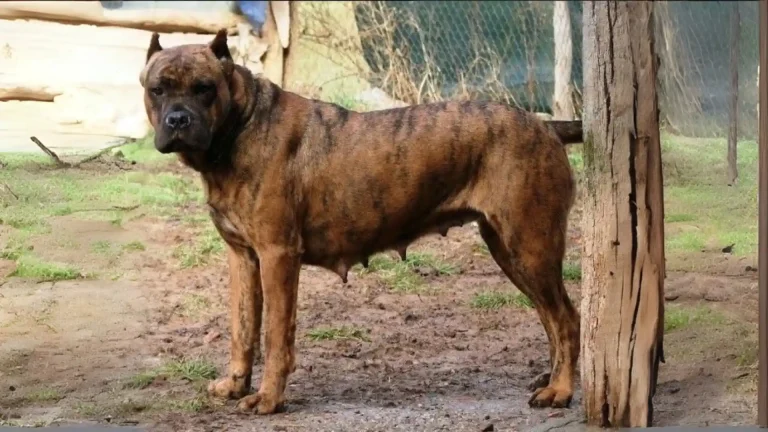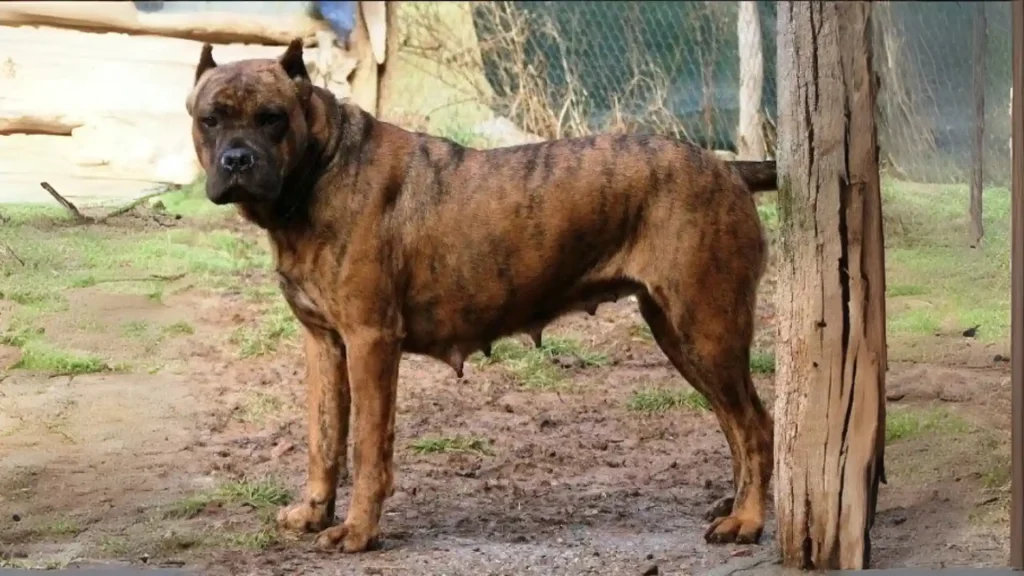Choosing between adopting or purchasing a Vucciriscu puppy depends on factors like cost, health guarantees, and ethical considerations. While buying from a breeder may provide detailed health and lineage information, adopting can give a loving home to a dog in need. Each choice has unique benefits that are important to consider for this particular breed.
Adoption vs. Breeder: Pros & Cons
| Criteria | Buying from Breeder | Adopting from Shelter/Rescue |
|---|---|---|
| Cost | Higher upfront cost due to purebred status and breeder expenses. | Lower adoption fees, often includes initial vet care. |
| Health History | Comprehensive health records and screenings provided. | Health background might be incomplete but shelters conduct basic checks. |
| Age Availability | Primarily puppies, allowing early bonding. | Dogs of various ages, including adults and seniors. |
| Temperament Insight | Breeders share detailed lineage and temperament info. | Shelter staff provide observed behavior insights, but history may be limited. |
| Ethical Considerations | Supports responsible breeding if breeder prioritizes health and welfare. | Helps reduce homeless pet population and supports welfare efforts. |
| Breed Purity & Pedigree | Provides certified pedigree and guarantees breed purity. | Breed purity may be unknown or mixed, depending on background. |

